V&A presents extreme footwear in Shoes: Pleasure and Pain exhibition
From opulent royal foot apparel to dangerously high stilettos, a new exhibition at London's V&A museum explores the "human obsession with shoes" over 2,000 years (+ slideshow).
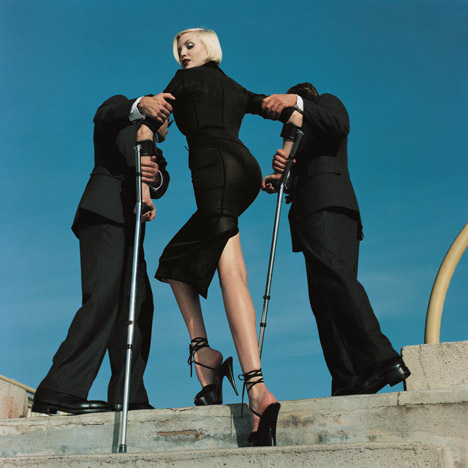
Shoes: Pleasure and Pain includes "impractical, un-functional and overly decorated" shoes that demonstrate how many different cultures have used footwear as a form of personal expression, or to announce status and aid seduction.
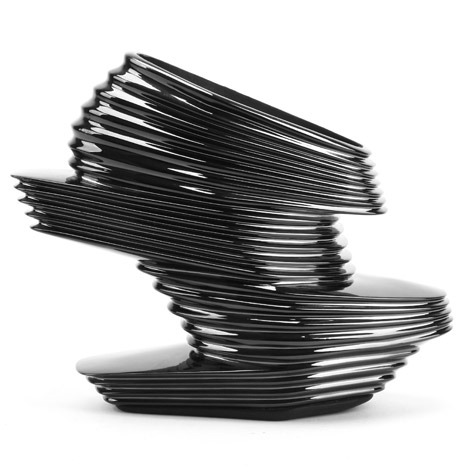
The exhibition – which opens to the public on Saturday – was curated by Helen Persson, who specialises in textiles and dress in the V&A's Asian department. It features designs from the museum's archives, along with loans from individuals and institutions – some of which have never before left their country of origin.
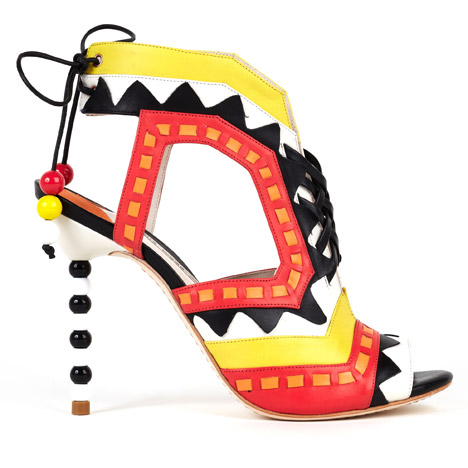
"Shoes are pleasure, with a bit of pain," Persson told Dezeen. "This is what shoes are about – these two extremes that we have accepted and kind of take for granted."
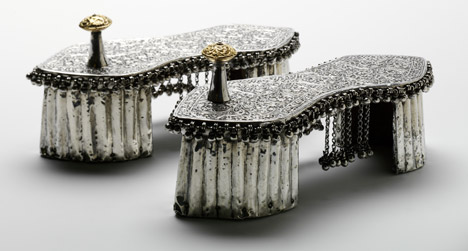
Contemporary creations by over 70 designers such as Manolo Blahnik, Christian Louboutin, Jimmy Choo and Prada are presented alongside historic footwear from the Far East, India and Europe that date back two millennia.
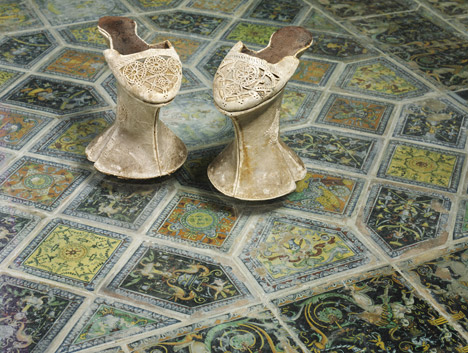
Spilt over two levels at the centre of the museum's fashion gallery, the exhibition is divided thematically to present different ways in which shoes can alter or enhance their wearer.
"We explore the power of shoes, the transformative capacity of shoes, or we're talking about status: the design, the material, the decoration," said Persson. "The more opulent or higher designs are saying 'these are not made for walking'."
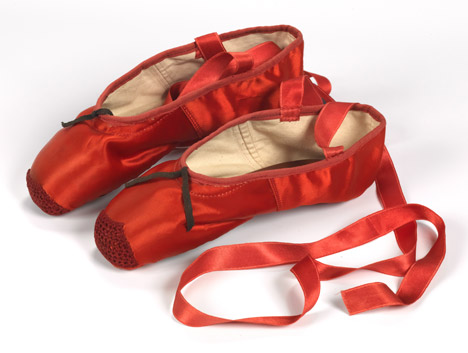
Shoes from stories and folklore, including the Wizard of Oz and Cinderella, are represented in the first display.
Another section is dedicated to the painful ancient Chinese practise of foot binding, which involves breaking bones in the feet and wrapping them tightly to stunt their growth and enable them to fit into tiny shoes.

Flat wooden Japanese Geta sandals and lace-up leather boots with extreme heels are both shown as examples of how footwear has been used for seduction in different cultures.
The designs in the Status section demonstrate how decoration and height have been used throughout history to represent social rank.
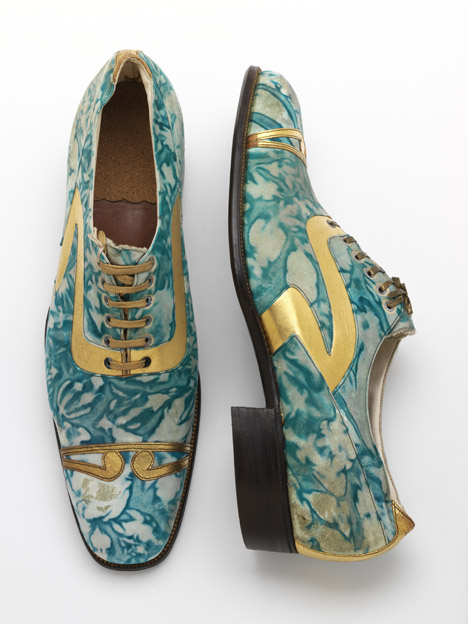
"Shoes change the way you walk," Persson said. "They can either limit the way you walk, they can raise you above the crowd, and if they are really opulent, everyone will look at your shoes and you would stand out in a crowd."
"That would show your status, your wealth and your place in society. With that, also your sexual appeal," she added.
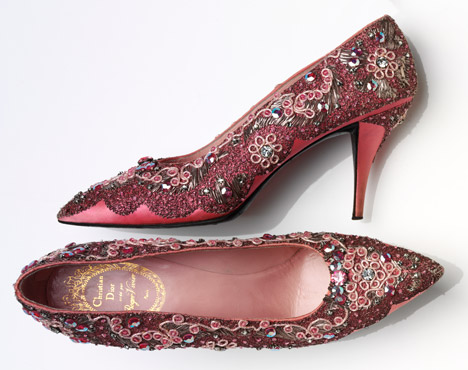
Futuristic designs such as architect Zaha Hadid's chrome-plated Nova shoes with 16.5-centimetre cantilevered heels are also displayed.
Upstairs, the final section presents shoes as collectible items with samples from the hoards of six collectors, including two historic fanatics and an Adidas trainer obsessive.

There is also an area dedicated to the design and manufacture of footwear, which explains how traditional cordwainer techniques are used to make shoes.
At the back of the upper level, a screening area formed from an arc of stacked shoe boxes plays film interviews with designers including Blahnik and Louboutin, who are internationally renowned for their footwear.
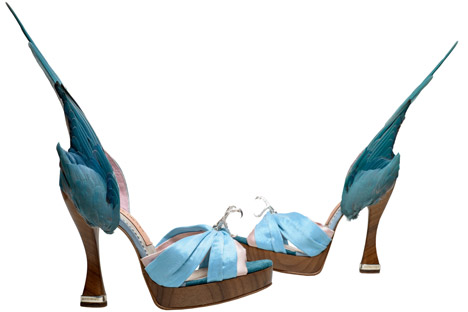
"If I could pick a pair and take them home, I would chose the Marilyn Monroe shoes because they're very simple, surprisingly for such a sexy woman, and you can still see the imprints of her toes inside and I find that very touching," said Persson. "Shoes are intimate."
Shoes: Pleasure and Pain runs from 13 June 2015 to 31 January 2016.